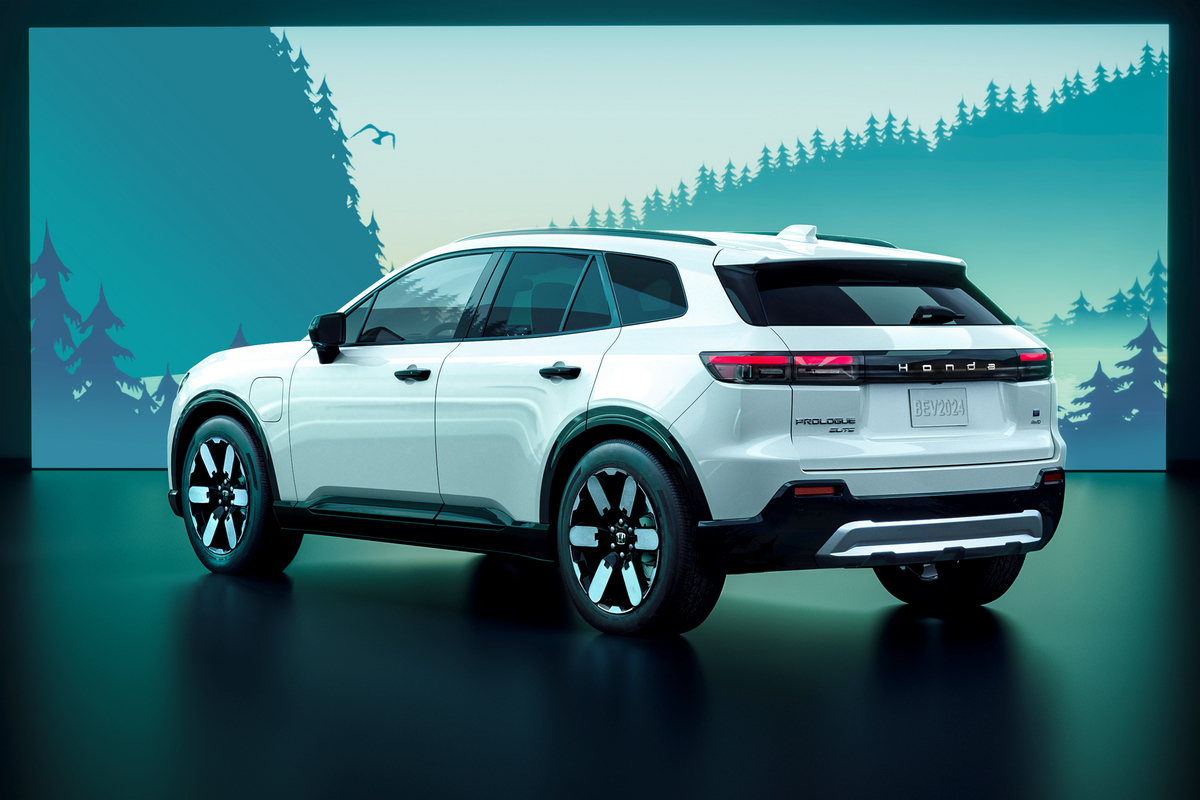Honda will be investing $700 million to re-tool several of its existing auto and powertrain plants for production of electric vehicles, and $3.5 billion with LG Energy Solution (LGES) to establish a previously announced joint venture facility to produce the battery modules, the automaker announced.
The JV battery plant will be located in Ohio’s Fayette County, about 40 miles southwest of Columbus, Honda said.
The investment will transform Honda’s Marysville Auto Plant (MAP), East Liberty Auto Plant (ELP) and Anna Engine Plant (AEP) for electric vehicle production, including the creation of over 300 new jobs. Honda plans to begin production and sales of Honda EVs in North America in 2026, based on its new Honda e:Architecture. The $700 million re-tooling will enable AEP associates to produce the battery case, to be combined with the battery modules from the JV plant on a sub-assembly line at MAP, with the complete battery unit then installed in EVs built by associates at both MAP and ELP, the company said.
“This is a very challenging time for our entire industry, but also a very exciting time as Honda invests in full electric vehicle production in the Buckeye State,” said Bob Nelson, executive vice president of American Honda Motor Co., Inc. “Honda has built hybrid-electric vehicles in Ohio for a number of years, and the experience and expertise of our associates in manufacturing, product development, and purchasing will serve as an important foundation as we transition to the electrified future.”
Honda will obtain the battery modules from a new joint venture (JV) between Honda and LGES, subject to customary closing conditions, including regulatory approvals. That JV production facility represents a commitment to invest $3.5 billion and will employ 2,200 associates, who will produce pouch-type batteries to be provided to Honda plants for EV production, the company said.
The two companies plan to begin construction in Fayette County, Ohio in early 2023, in order to complete the new production facility by the end of 2024. This will enable the start of mass production of battery modules using advanced pouch- type, Li-ion cells by the end of 2025, with an annual production capacity of approximately 40GWh.
